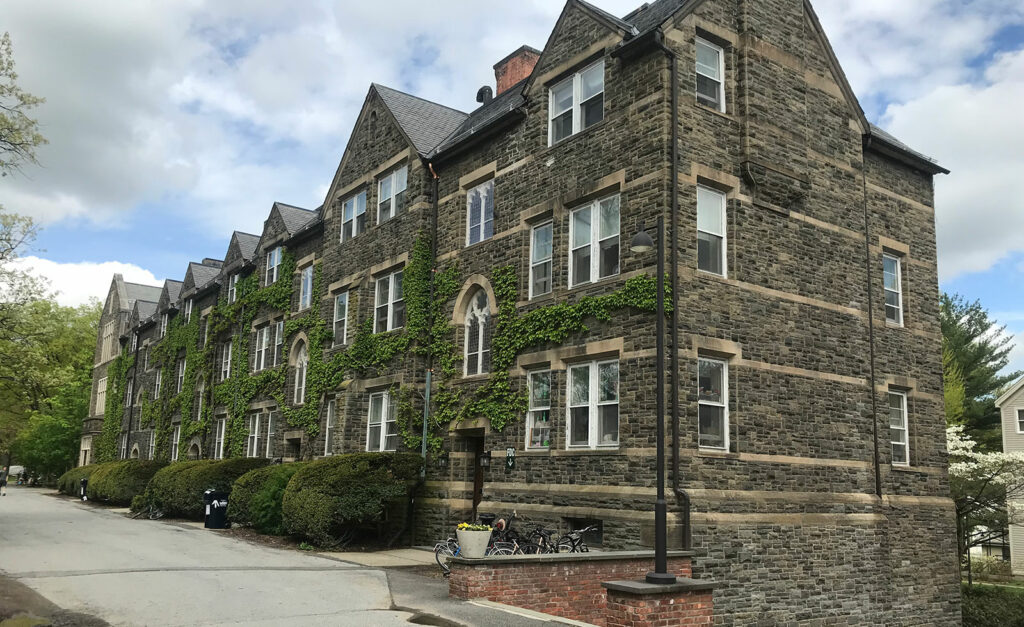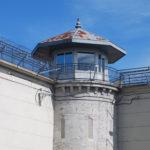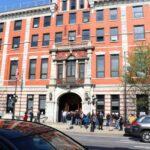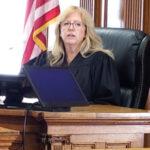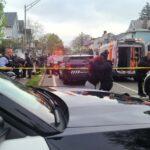ANNANDALE-ON-HUDSON, N.Y.—Bard Community Arts Collective and the Center for Civic Engagement at Bard are pleased to announce the installation of several student artworks in Dutchess County and Columbia County.
How Long Will We Be Driving by Bard student James Wise ’26 is on view at a billboard located at 3391 US-9, Hudson, NY 12534 from December 20, 2023 to January 17, 2024. This work is presented through a partnership with Shandaken Projects’ public art initiative 14×48, which has exhibited new work by contemporary artists on billboards across New York State since 2021.
Additionally, works from students in the Studio Arts Program at Bard have been temporarily installed in Richard Abraham’s Memorial Park in Red Hook, as part of a pilot partnership with the Village of Red Hook’s Public Spaces Initiative Committee.
These projects originated in an Extended Media course taught by artist Julia Weist in the Studio Arts Program at Bard. This class explores the potential of presenting art in an expanded field of engagement, including in the public realm, asking students to consider how the interpretation of their work changes when it is experienced in a mass media or civic context. In addition to exercises and instruction in the classroom, students visited the offices of Shandaken Projects and met with the Village of Red Hook’s Chair for the Public Spaces Initiative Committee, Ash Bradley-Rickard, and the Red Hook Village Board to learn more about opportunities for artists in the public sector. Each student created a two-dimensional billboard proposal, reviewed by Shandaken Projects, and a three-dimensional public art proposal, which was presented at a Village Board meeting on November 13, 2023. One billboard proposal was selected by Shandaken Projects for production, and every student proposal was approved for temporary installation in Richard Abraham’s Memorial Park.
The selected billboard, created by James Wise, was created by layering more than 50 AI-generated images. At first glance from the vantage of a moving car, the image appears to be a standard insurance ad. A closer look reveals that the uncanny advertisement includes only one legible question—“How long will we be driving?”—along with other text-like elements that are distorted and nonsensical. The billboard’s question highlights several challenging issues related to emerging technologies and the future of our planet, such as the loss of human autonomy that may come from an increased reliance on AI (including through self-driving cars) and the impact of driving carbon-polluting cars on a warming climate. The figure at the center of the ad, the avatar created by artificial intelligence to represent an insurance salesman, represents another troubling facet of algorithmic technology: these tools often closely reflect those who create them. The AI field is predominately white and male, and Wise’s artwork asks us to consider if those individuals who are in the driver’s seat of our tech future broadly represent the diverse communities that will use artificial intelligence. Wise said of the project, “Making a piece for the public takes what I’ve been doing within a class environment to a larger, more diverse audience, so I approached it as such. I sought to create something with enough depth to conjure a diverse array of reactions, regardless of what I intended, and I hope to see that reflected in public feedback to the project.”
The student artwork installed in Richard Abraham’s Memorial Park spanned a variety of materials, from sculptures made from wood and steel to large format photographic prints. Each was developed with the park’s landscape and context in mind. Several of the pieces are interactive and all were made to be installed without impacting the local habitat native to the site. Although the temporary installation was not open to the public, this project served as a pilot program allowing the Village and Bard Community Arts Collective to imagine future collaborative opportunities. A student in the course, Elena Schneider ’27, said of the project, “Being able to make something to be displayed in the landscape where we live pushed me to create something I really care about and am proud of. I put a lot of work into my sculpture and it was very rewarding to see it come to life in such a beautiful place. I hope to have more opportunities to present student work in public places.”

